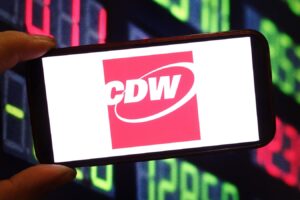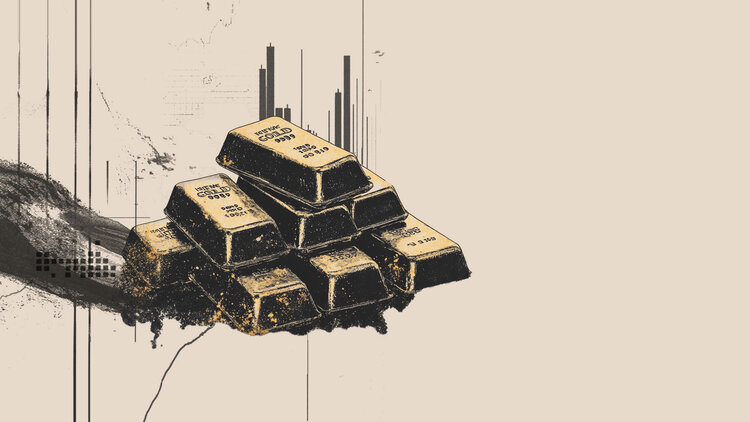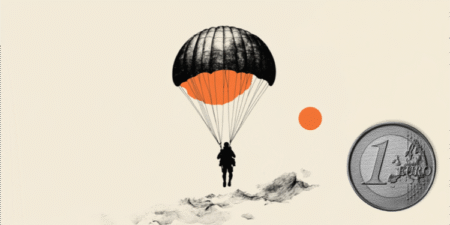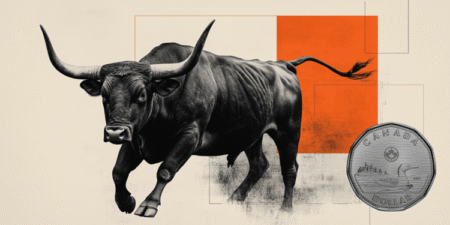- Gold price kicks off the new week on a weaker note in reaction to the optimism over the US-China trade deal.
- Easing US recession fears and the Fed’s hawkish pause underpin the USD, and further weigh on the commodity.
- The XAU/USD bears await details on the US-China agreement before positioning for any meaningful downside.
Gold price (XAU/USD) attracts heavy selling on Monday and drops to a one-week low, around the $3,253-3,252 area during the Asian session on the back of US-China trade deal optimism. Positive signals from high-stakes US-China trade talks over the weekend in Switzerland boost investors’ confidence and undermine demand for the traditional safe-haven bullion at the start of a new week. Furthermore, a modest positive development helps to ease market concerns about a recession in the US. This, along with the Federal Reserve’s (Fed) hawkish pause earlier this week, assists the US Dollar (USD) to stand firm near a multi-week top and turns out to be another factor exerting pressure on the commodity.
The XAU/USD bears, however, seem reluctant to place aggressive bets and opt to wait for further details on the US-China trade talks. In fact, neither side mentioned an agreement to cut US tariffs of 145% on Chinese goods and China’s 125% tariffs on US goods. This, in turn, assists the Gold price to rebound around $30 from the daily low, making it prudent to wait for strong follow-through selling before positioning for any further depreciating move. Moving ahead, this week’s release of the latest US inflation figures, along with Fed Chair Jerome Powell’s appearance on Thursday, will be looked for cues about the rate-cut path. This will influence the USD and provide a fresh impetus to the non-yielding yellow metal.
Daily Digest Market Movers: Gold price bears look to seize control as trade optimism undermines demand for safe-haven assets
- The US and China ended high-stakes trade talks in Switzerland on a positive note on Sunday. In fact, US Treasury Secretary Scott Bessent and Trade Representative Jamieson Greer said that a trade deal had been struck with China.
- Adding to this, China’s Vice Premier He Lifeng said that the meeting achieved substantial progress, and reached consensus on key issues, triggering a fresh wave of global risk-on trade and undermining the safe-haven Gold price.
- The US Dollar holds steady near a one-month high amid the Federal Reserve’s hawkish signal that it is not leaning towards cutting interest rates anytime soon, as traders await more details on the US-China trade agreement.
- China’s Vice Premier He Lifeng said that a joint statement would be released in Geneva on Monday, and that it is going to be big news and good news for the world, which further adds to the latest market optimism.
- Russian President Vladimir Putin has agreed to hold direct talks with his Ukrainian counterpart Volodymyr Zelenskyy and stated that these talks should begin “without preconditions and delay” on Thursday, May 15.
- Meanwhile, Hamas said that the last living American hostage in Gaza, Edan Alexander, will be released and confirmed plans to hold direct talks with the US as part of efforts to reach a ceasefire and resume the delivery of aid.
- Traders this week will confront the release of US inflation figures. Apart from this, Fed Chair Jerome Powell’s appearance on Thursday will be looked upon for cues about the future rate-cut path and a fresh impetus.
Gold price seems vulnerable to weakening further; breakdown below the $3,295-3,290 confluence support comes into play
From a technical perspective, any intraday breakdown and acceptance below the $3,295-3,290 confluence – comprising the 100-period Exponential Moving Average (EMA) on the 4-hour chart and the 61.8% Fibonacci retracement level of the recent move up from the monthly low – could be seen as a key trigger for bearish traders. Moreover, oscillators on hourly charts have been gaining negative traction and support prospects for a further intraday depreciating move for the Gold price. Some follow-through selling below the Asian session low, around the $3,253-3,252 region, will reaffirm the bearish bias and expose the monthly low, around the $3,200 mark. The latter should act as a pivotal point, which, if broken decisively, should pave the way for the resumption of the prior retracement slide from the $3,500 psychological mark, or the all-time peak touched in April.
On the flip side, any recovery back above the $3,300 round figure now seems to attract fresh sellers near the $3,317-3,318 zone, or the Asian session peak. A sustained strength, however, might trigger a short-covering move and lift the Gold price to the $3,345-3,347 hurdle, representing the 38.2% Fibo. level. This is followed by the $3,360-3,365 static hurdle, which, if cleared decisively, would negate the near-term negative bias and set the stage for a move towards reclaiming the $3,400 mark.
US-China Trade War FAQs
Generally speaking, a trade war is an economic conflict between two or more countries due to extreme protectionism on one end. It implies the creation of trade barriers, such as tariffs, which result in counter-barriers, escalating import costs, and hence the cost of living.
An economic conflict between the United States (US) and China began early in 2018, when President Donald Trump set trade barriers on China, claiming unfair commercial practices and intellectual property theft from the Asian giant. China took retaliatory action, imposing tariffs on multiple US goods, such as automobiles and soybeans. Tensions escalated until the two countries signed the US-China Phase One trade deal in January 2020. The agreement required structural reforms and other changes to China’s economic and trade regime and pretended to restore stability and trust between the two nations. However, the Coronavirus pandemic took the focus out of the conflict. Yet, it is worth mentioning that President Joe Biden, who took office after Trump, kept tariffs in place and even added some additional levies.
The return of Donald Trump to the White House as the 47th US President has sparked a fresh wave of tensions between the two countries. During the 2024 election campaign, Trump pledged to impose 60% tariffs on China once he returned to office, which he did on January 20, 2025. With Trump back, the US-China trade war is meant to resume where it was left, with tit-for-tat policies affecting the global economic landscape amid disruptions in global supply chains, resulting in a reduction in spending, particularly investment, and directly feeding into the Consumer Price Index inflation.
Read the full article here
















